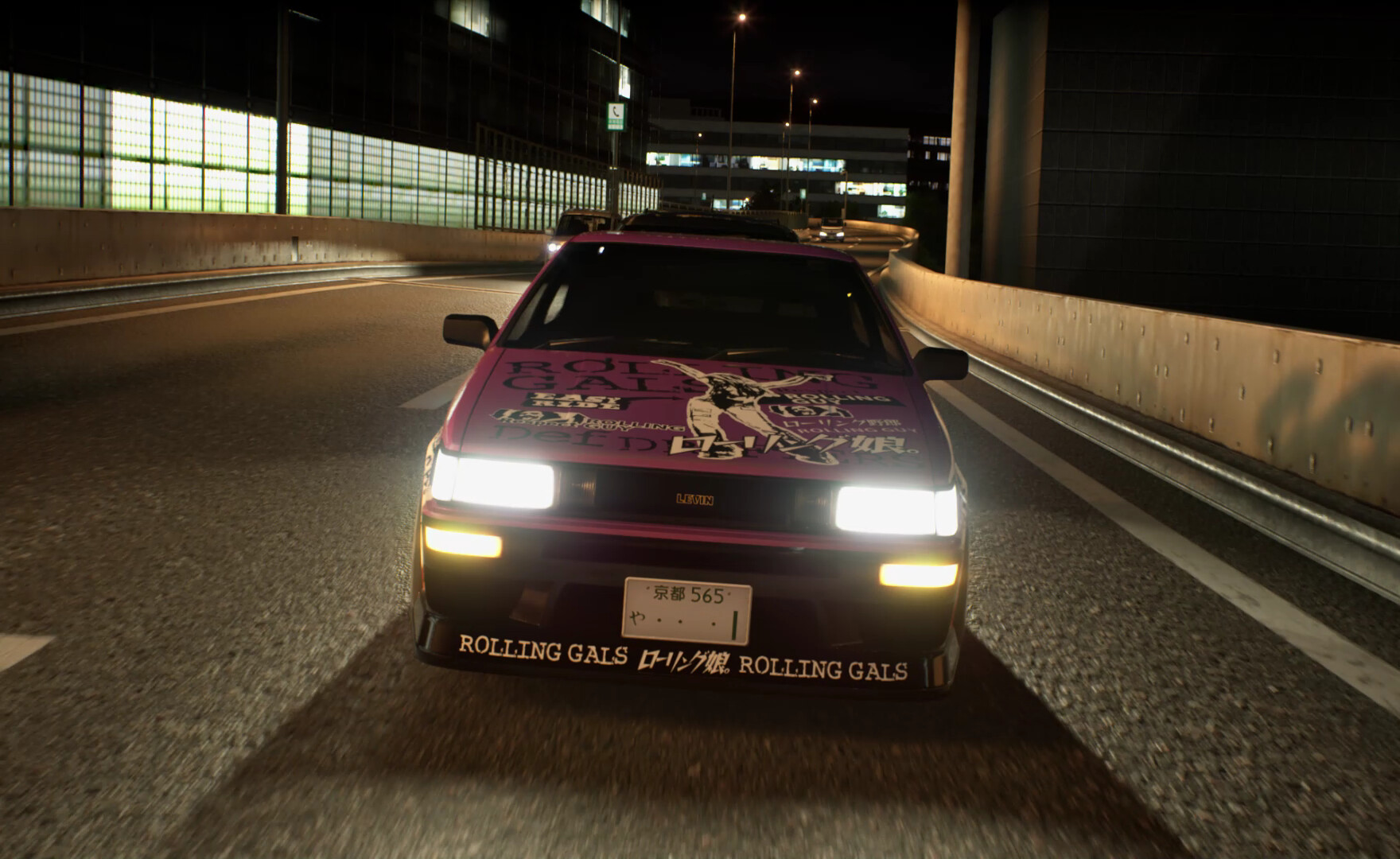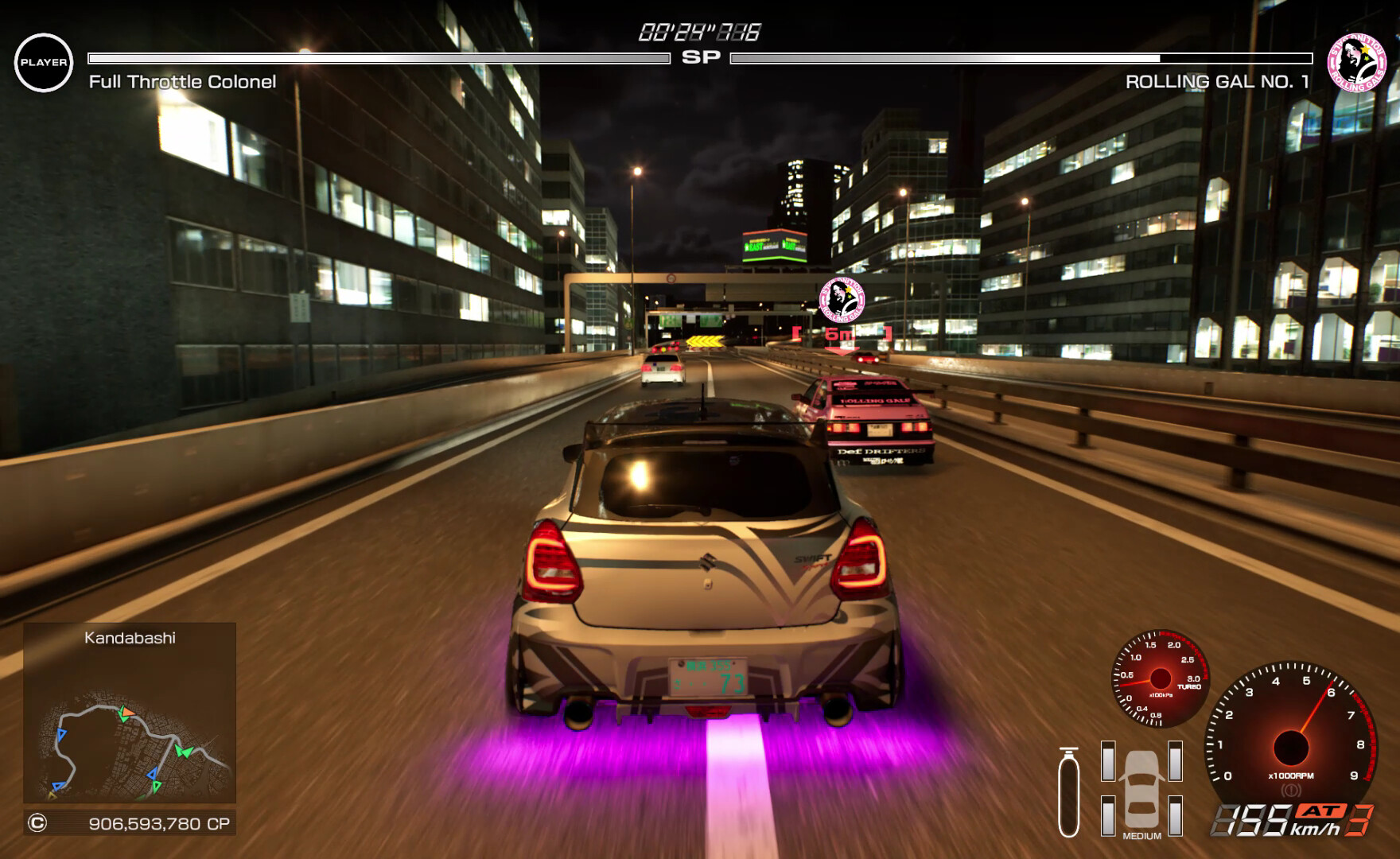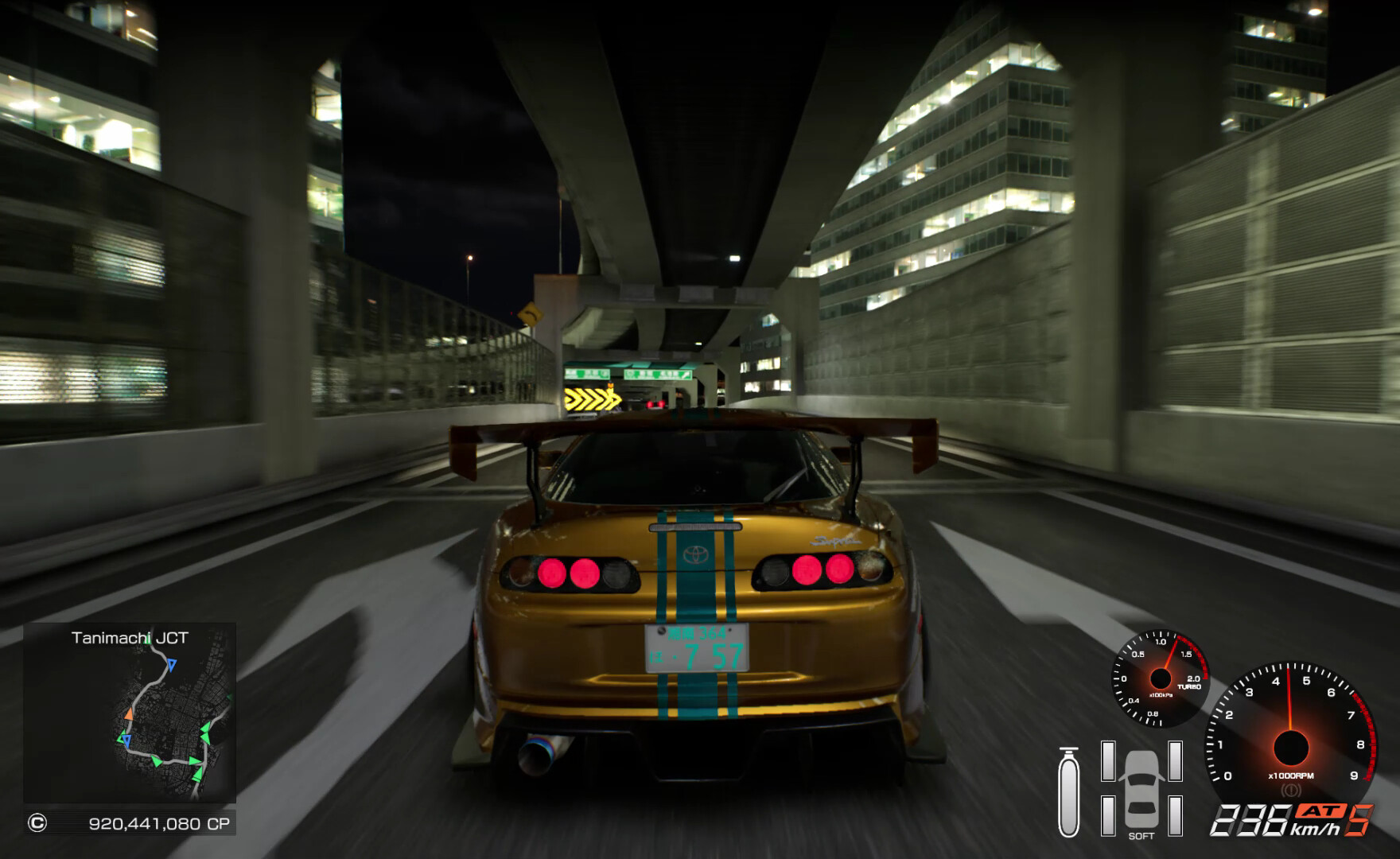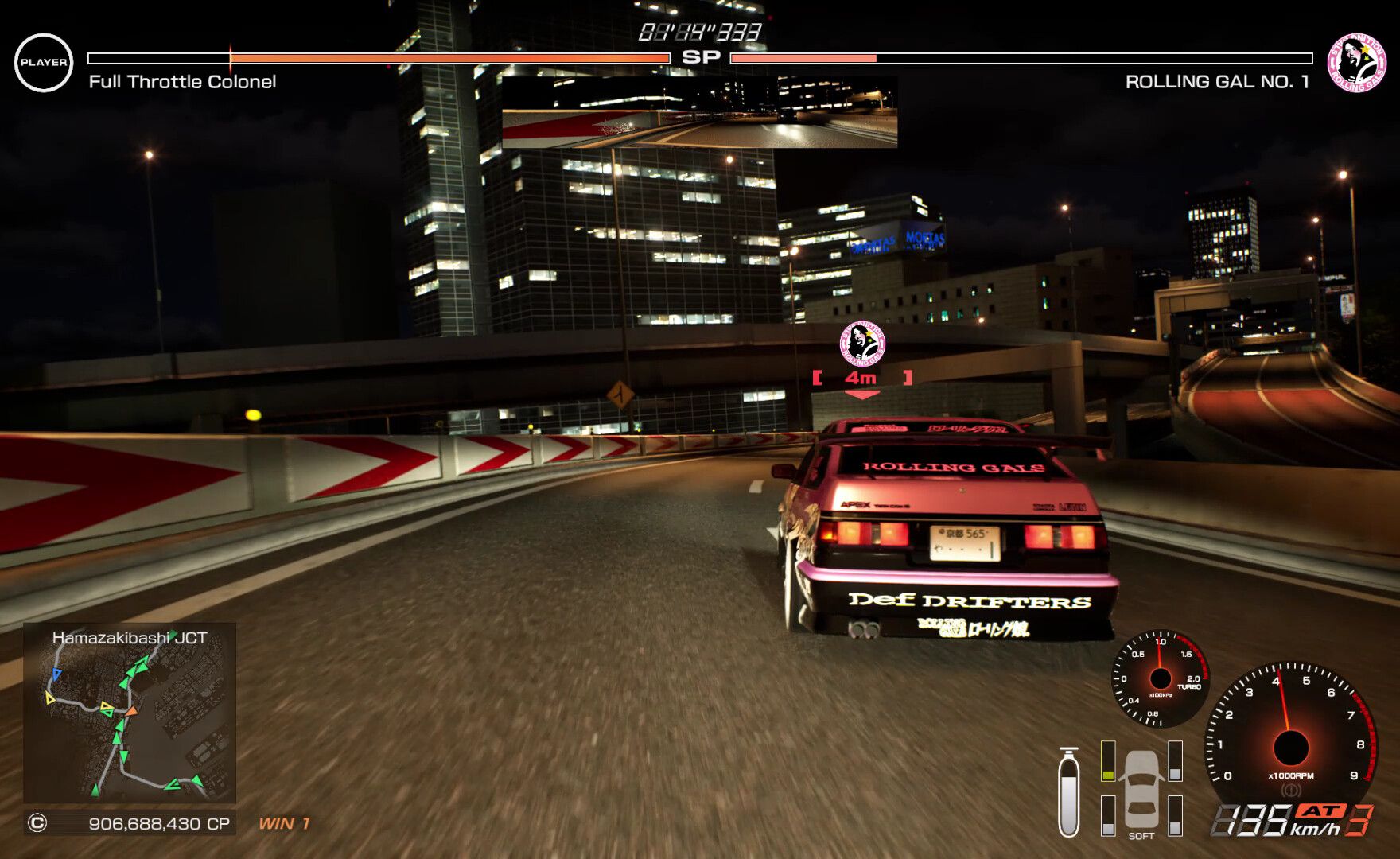There is a style of arcade racing that has essentially been lost to the ravages of time, since the closest we get to the genre’s hey day is with sim hybrids like the Forza Horizon series. However, quite a few smaller studios have been picking up the slack where big companies like EA have left franchises like Burnout and Need for Speed to languish. Tapping into the old-school style of arcade racing—the kind we used to see on the original PlayStation and PS2—is Genki with its latest release, Tokyo Xtreme Racer.
Now, don’t get me wrong; Tokyo Xtreme Racer isn’t a brand new, fresh IP. Rather, it is a revival of a surprisingly old franchise which has roots all the way back in the 1990s with its first title having come out on the Super NES. While the series has been dormant since PS2 title Tokyo Xtreme Racer: Drift 2 back in 2005, the franchise is back after having essentially been forgotten about for almost two entire decades.
[embedded content]
“The Shuto Expressway that you’ll be racing along has a great variety of curves and sharp turns, along with plenty of straights that you can blaze through, and you’ll rarely have to tough the brakes, even if you see a big turn coming up.”
The strangest thing about Tokyo Xtreme Racer is just how old-school it really feels. Now don’t get me wrong; the production values, especially when it comes to visuals and audio are quite great. The game isn’t looking backwards through time for its visual identity either. Rather, everything around these aspects feels decidedly old-school, from the core racing gameplay, to navigation through the menus, and even how the game has been overall structured.
The core racing leans heavily on the arcade style of gameplay. The Shuto Expressway that you’ll be racing along has a great variety of curves and sharp turns, along with plenty of straights that you can blaze through, and you’ll rarely have to tough the brakes, even if you see a big turn coming up. The gameplay is fast, and most importantly, emphasises a sense of speed and rewards quick reflexes in how you dodge traffic throughout your races.
Despite being an arcade-styled racer, Tokyo Xtreme Racer doesn’t shy away from giving players some customisation options, however. Once you get the right kind of upgrades, you get a whole new set of sliders to play around with to further fine tune the performance of your car. For example, getting a new transmission system lets you switch up your gear ratios. Getting a new suspension system, on the other hand, will open up your car’s height adjustment options.

“The entire story mode revolves around you driving around the highways of Tokyo, Japan, taking on any racers you might find along your routes in 1-on-1 sprint races.”
The main gimmick powering the gameplay in Tokyo Xtreme Racer is its SP Battle system. The entire story mode revolves around you driving around the highways of Tokyo, Japan, taking on any racers you might find along your routes in 1-on-1 sprint races. These races are also structured differently from other racing games since you’re not exactly trying to get to a finish line before your opponent. Rather, the goal is to get enough distance between you and your opponent that their SP bar – essentially a health bar – drains all the way to zero. If you’re stuck behind your opponent, you will similarly have to catch up before your SP bar drains to zero and you lose the race.
The SP Battle system forms the core foundations of racing in Tokyo Xtreme Racer, since you’re encouraged to keep driving along the highway, regardless if you win or lose, to take on more challengers. Winning a race offers three core rewards: CP that can be spent to buy new cars, part upgrades, and liveries, BP that can be spent on unlocking the chance to get new cars, perks, and passive bonuses like more SP or higher rewards from races, and progression along the main campaign.
Just about the entirety of Tokyo Xtreme Racer takes place on Tokyo’s Shuto Expressway. You start out in your garage, from where you have to pick your targets to race against before you’re then thrown into the world in the appropriate lane of the Shuto Expressway as close as you possibly can be to the nearest target. You then get to drive up to your target, and with a flash of your headlights, you enter a race. Things don’t really get more complicated than that; finishing a race leaves you still riding along the highway unless you hit a story threshold, with the game outright encouraging you to race as long as your tyres will let you, after which you then have to bring an end to that night of racing by going back to your garage.

“The story in Tokyo Xtreme Racer is minimal, but the little bit that is present is quite charming.”
Your primary opponents throughout the campaign in Tokyo Xtreme Racer are various racing teams who you must defeat before ultimately ending up in a showdown against that team’s leader. Each team is part of one of three distinct storylines, which each also have their own main boss that triggers progress in the overall story.
Speaking of which, the story in Tokyo Xtreme Racer is minimal, but the little bit that is present is quite charming. It taps into classic Japanese street racing fiction, with the main plot revolving around you taking on progressively tougher racers in a bid to become the best racer along the Shuto Expressway. You aren’t really going to get complex character arcs or deep storylines here. In fact, the story in the game does little more than get in the way of your racing time, since story triggers will instantly pull you off the road and send you back to your garage. There also aren’t really any cutscenes; rather, most of the story is told through static images with dialogue boxes like you would expect from a PSOne title.
There is definitely a fair bit of charm, however, thanks to the melodramatic weight placed on your progress through the various racing teams. After beating a boss, for example, you will often be met with scenes with fancy text-only narration proclaiming things like you being “captured by the mystique of the Shuto Expressway,” or the few characters you meet forming “the light of a soul emitted only by those who tread into the abyss.” This kind of writing, along with characters with names like Happy Chappy, Rolling Guy, Crimson Boy and Cinderella Past Midnight did nothing short of bringing a smile to my face whenever I was playing.

“These early game progression issues are further hurt by the fact that, once you start driving, you can’t really fast travel or switch to the other lane”
However, despite all of this charm and the simple-but-fun racing gameplay, Tokyo Xtreme Racer certainly has its issues. One of these is the main progression system. You can only buy upgrades for your cars once you’ve unlocked the appropriate upgrade in your skill tree, for which you need plenty of BP. You also need to spend BP on other things, like getting some passive abilities like increased health or SP damage. In fact, you can’t even buy new cars unless you unlock them through the skill tree. While this essentially stops being an issue once you hit the late game parts and can get plenty of BP through a single night of racing, it’s certainly a major pain in the early game where you’ll often be starved for BP just because there aren’t that many racers to challenge in a single night.
These early game progression issues are further hurt by the fact that, once you start driving, you can’t really fast travel or switch to the other lane; you’re stuck going in the direction you picked at the start of the racing night. One instance where this was an obvious problem for me was when I had a single boss fight along one lane of the Shuto Expressway, and a single other race in the other lane, which ultimately necessitated four distinct loading screens before I could wrap those stories up.
On the bright side, Tokyo Xtreme Racer feels like an incredibly well-optimised game. Playing it on a PC with an AMD Ryzen 7 7800X3D CPU, 32 GB of DDR5-6000 RAM and a Radeon RX 7800 XT GPU at a resolution of 1440p let me hit my desired frame rate limit of 144 FPS quite easily with a little tweaking in the settings screens. While I couldn’t crank the title all the way up to Ultra without giving up too many frames, it still looked great on the High preset while ensuring fast, responsive gameplay thanks to high and stable frame rates.

“Ultimately, you will want to mute the game’s music and set up your own playlist on the side”
The audio side of things are decidedly less impressive. While the vehicles sound great, and Tokyo Xtreme Racer even goes as far as accurately modelling the screeching you’d hear when using the brakes at high speeds on a car that’s mostly using stock parts, and the engines sound great too. However, the music is a bit of a let down. The first few hours are great, since the bass-thumping electronic music with a few bars of metal guitar riffs suit the atmosphere quite well, there just isn’t enough variety in the game. Ultimately, you will want to mute the game’s music and set up your own playlist on the side if you don’t want to go insane from listening to the same EDM track for the thousandth time.
Tokyo Xtreme Racer is a strange title that feels like it was lifted right out of an alternate universe version of 2003 where the PS2 is as powerful as our modern gaming systems are. The high frame rates and visual fidelity certainly match the more modern presentation we see in games today. However, the menus, the gameplay structure, and even the second-to-second driving feels like it belongs in a bygone era where brakes were considered an optional component of a racing game. However, I can’t deny that it’s fun.
The game doesn’t really need you to have been a fan of the long-running franchise, or even to have been aware of its existence. All you really need to enjoy when it comes to having fun with Tokyo Xtreme Racer is fast-paced driving gameplay, a sense of danger, and a love of campy storytelling that wants to praise the grandeur of getting into races along a city’s highway network.
This game was reviewed on PC.


Comments are closed.